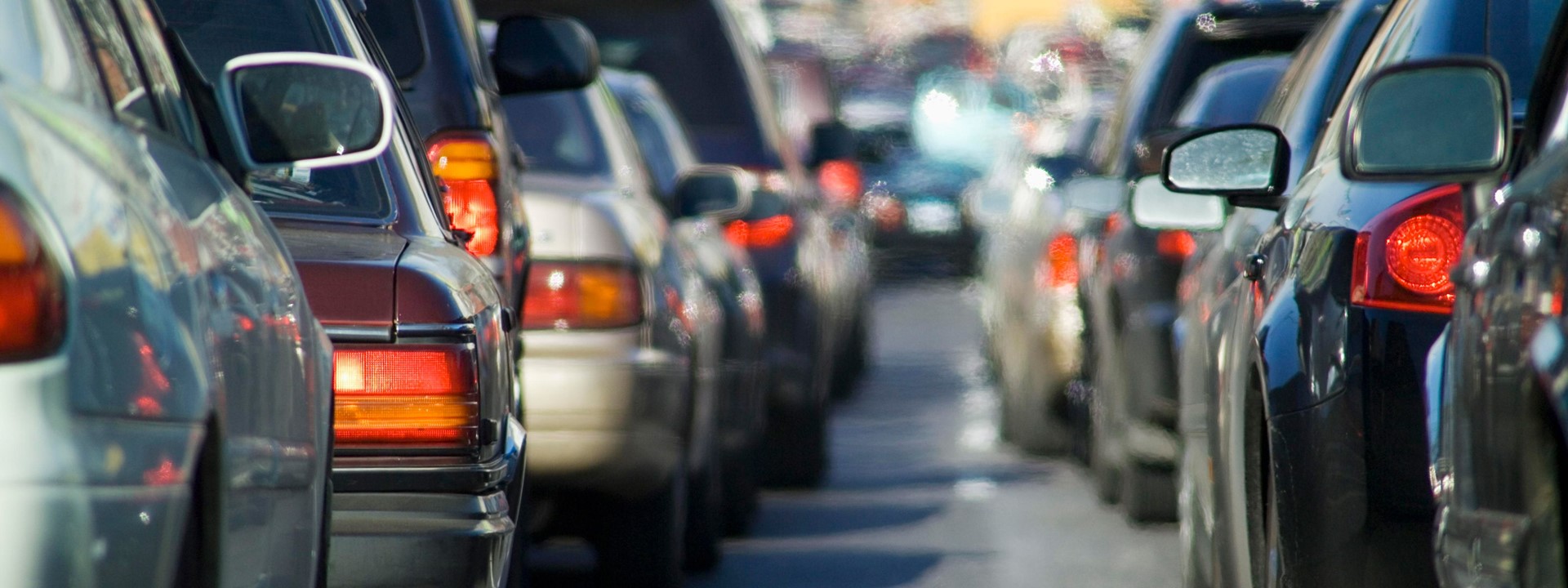People on foot and on two wheels are vulnerable to road accidents.
The desire to remain fit and healthy over the pandemic and beyond has seen more people regularly out walking, running and cycling. Yet with so many more people now getting around on foot, bike and possibly e-scooters, there are concerns for the increased risks to vulnerable road users.
The latest vehicle collision data for Canada showed that pedestrians accounted for 15.2% of the fatalities in 2020, with motorcyclists close behind at 13.9% and cyclists 2.9%i. Pedestrians also accounted for 13.4% of those with in vehicle accidents which caused serious injuriesii. Vehicle accidents have devastating consequences not only for those who are injured but also their family. As such, we all have a responsibility to protect those we share the road with.
Who is at risk?
Vulnerable Road Users (VRU) is a term used to describe any road user who is not inside a motor vehicle, for example:
Pedestrians
- Children running out into the road without looking
- ‘Distracted walkers’ texting or talking on their mobile phones whilst walking
- People with decreased mobility or difficulties in seeing or hearing approaching traffic
Cyclists and motorcyclists
- Can be difficult to see, especially at intersections where they are turning left onto a road
- Can be affected by side winds, causing them to sway or wobble
- Children on bikes may ride out into the road
Horse riders
Many incidents involving horses happen on minor roads and in rural areas. The frequency of incidents might be lessened by keeping these factors in mind:
- Horses are easily frightened and can panic in traffic
- Most accidents are due to vehicles not allowing enough space as they pass
E-scooter riders
In Canada, the permissibility and rules around using e-scooters does vary by city. As an alternative to walking or driving, where they are permitted, their popularity is likely to grow over time. From a risk perspective, some areas of concern include:
- The small wheels can struggle with uneven surfaces and potholes
- If the e-scooter has lights, they may be at a very low level or otherwise be hard to see
- With no mirrors, it is difficult for e-scooter riders to see if anyone is approaching from behind
- With no indicators, it is more difficult for e-scooter riders to signal their intentions to other drivers
What are the most common risks?
As you might expect, the evening rush (starting at 3 p.m. and ending at 6 p.m.) is the most common time for incidents. Stats show that this three-hour period in the late afternoon accounts for 25% of all collisions that happen over the course of the dayiii.
Professional drivers and fleet operators will be familiar with the risks caused by ‘blind spots.’ These are the areas around the vehicle that a driver cannot see by looking through the windows or standard mirrors. Blind spots affect many vehicle types but are especially worrying on larger vehicles such as buses and trucks. The result could be a driver not seeing a cyclist pedaling up the inside of the vehicle.
Speed is also a factor. Drivers travelling at higher speeds will have less time to react; the higher the speed, the more serious the accident can be.
- If a vehicle hits a pedestrian at 30 miles per hour there's a 1 in 5 chance that they will die
- If a vehicle hits a pedestrian at 40 miles per hour there’s a 90% chance of their death
What can drivers and fleet operators do?
All drivers should exercise basic safety routines, including:
- When parking, check your mirror before opening the door
- When turning right, let any cyclists in front of you pass the intersection first
- When turning left, move as far to the left of the lane as you can
- Leave as much room as possible when passing cyclists
- Don’t overtake another vehicle if the road is narrowing
- Judge a cyclists’ speed carefully as they may be going faster than you think
- At traffic lights, avoid driving into the ‘bike box’ which is reserved for cyclists
- If possible, don’t drive in bicycle lanes and never park in them
- On rural roads, make sure you can stop well within the distance you can see ahead
- On wet roads, give cyclists extra space as slick roads can make tires slip
Commercial fleet operators can also:
- Consider the vehicle safety ratings, such as that provided by the National Highway Traffic Safety Administration (NHTSA) or The Insurance Institute for Highway Safety (IIHS) when buying a new vehicle for your fleet
- If the vehicle is not already equipped, investigate technological options to reduce blind spot risks, such as blind spot detection warning sensor kit, proximity sensors, wide-angle mirrors and reversing alarms
- Consider the use of speed-limiting systems on fleet vehicles
- Address any potential driver distractions, such as use of mobile phones at the wheel
- Use driver training program, staff briefings and fleet safety forums to raise awareness of safety issues
- Monitor driver speed and behaviour by using telematics systems and other safety apps
In summary: increased awareness and vigilance will help to cut the number of incidents involving vulnerable road users.
Need to claim? Report it early
Finally, a reminder that if you have an incident and need to make an insurance claim, it’s important that you report it as soon as possible, ideally the same day. Reporting a claim early can save time and help you to receive any claim payments faster.
[i] https://tc.canada.ca/en/road-transportation/statistics-data/canadian-motor-vehicle-traffic-collision-statistics-2020
[ii] https://tc.canada.ca/en/road-transportation/statistics-data/canadian-motor-vehicle-traffic-collision-statistics-2020
[iii] https://www.insurancehotline.com/resources/five-times-when-youre-more-likely-to-get-in-a-car-accident/#:~:text=3.,the%20course%20of%20the%20day.

